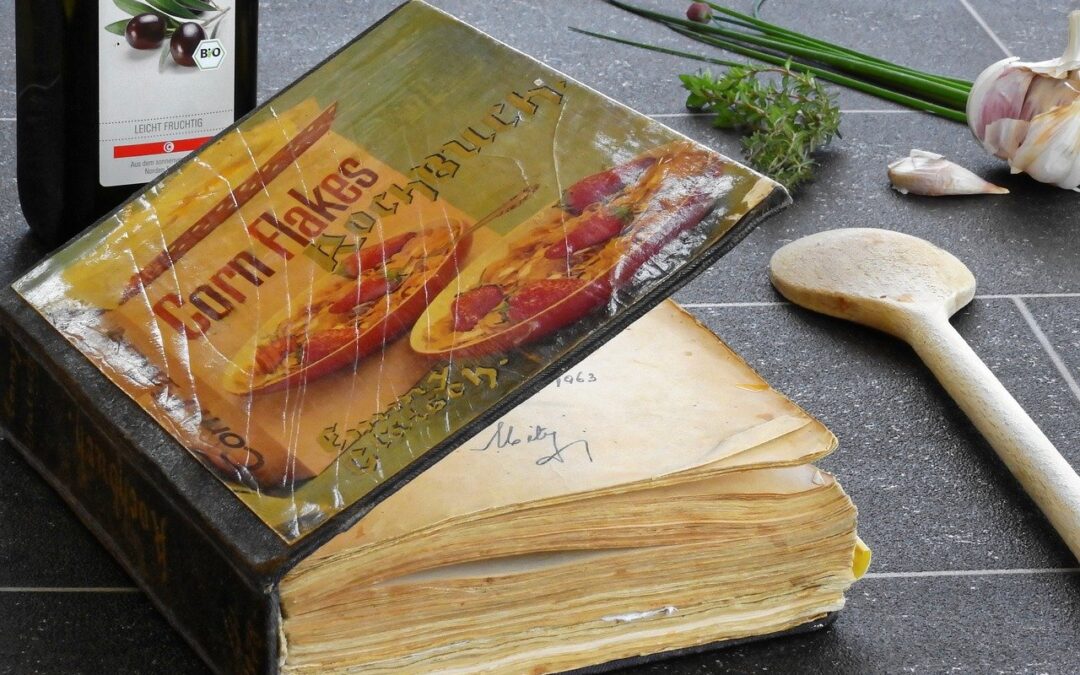Is My Recipe My Intellectual Property?
If you think your chocolate cake recipe is exceptional, or you’ve designed the next ‘big thing’ in the culinary world, you might want to protect your recipe. There are different types of protection in intellectual property, such as:
- Patents Copyright
- Registered design;
- and Trade secrets.
Can You Patent a Recipe?
A patent is a legally enforceable right to exclusive use granted for an invention. This invention could be for a new device, substance, method or process. The invention must be novel, inventive and useful.
Australian Legislation
The Patents Act 1990 requires applicants to satisfy the inventiveness test. This requires the applicant to prove that their invention is unique. IP Australia can refuse to accept a patent request for a recipe because the substance is either a simple mixture of known ingredients, or is produced merely by adding ingredients together (admixture).
A patent will generally only be applicable to pseudo-scientific recipes.
Can Copyright Apply?
The Copyright Act 1968 protects original expressions of ideas. This only protects the expression of the idea (e.g. the way it is written down or presented), not the idea itself. Once an idea or creative concept is documented, it is automatically protected by copyright in Australia.
Copyright can protect a published recipe in the way it’s written, but not the way it’s made. Therefore copyright does not extend to recipes if they are for the concept of something well known and reproduced (e.g. pasta or blueberry muffins).
If you publish a recipe book you also cannot prevent others making the dish or people writing their own descriptions of how to make it. You also cannot prevent someone publishing their version of your recipe.
Can You Register a Design?
A design right protects the overall visual appearance of new and distinctive products. To secure a design right, you need to register your design on IP Australia’s design register.
A design is what makes a product look the way it does, e.g. its shape, configuration or a notable pattern. A registered design does not protect how something works.
For instance, the creators of the “stand and stuff” taco registered its unique design. This type of intellectual property is rarely applicable when it comes to recipes.
Can You Protect Your Recipe as a Trade Secret?
If you working in the food industry, and want to stop other companies or businesses using your recipes, one option is to protect them as ‘trade secrets’.
Trade secrets are not registered and therefore it is up to you to protect them. This is generally done by ensuring employees or distributors sign confidentiality agreements. For example, if you have a secret recipe for a dish, you can prohibit your employees or distributors sharing the details of that recipe.
Examples of trade secrets include:
- The recipe for Coca-Cola;
- The combination of herbs and spices used in KFC.
The Coca-Cola company has used trade secrets to keep its formula from becoming public for decades. It never applied for patent protection, so it was never required to disclose the formula.
Common law provides protection for infringement of trade secrets and breach of confidentiality agreements. A trade secret, however, doesn’t provide legal protection if a competitor has an identical product. It’s also difficult to prevent departing contractors and employees from taking the knowledge with them.
In Summary
If you want to protect your recipe as intellectual property you may have to get creative. It is best you seek legal advice to see what option will work best for you. To speak with one of our friendly solicitors please get in touch with us on 9963 9800.

